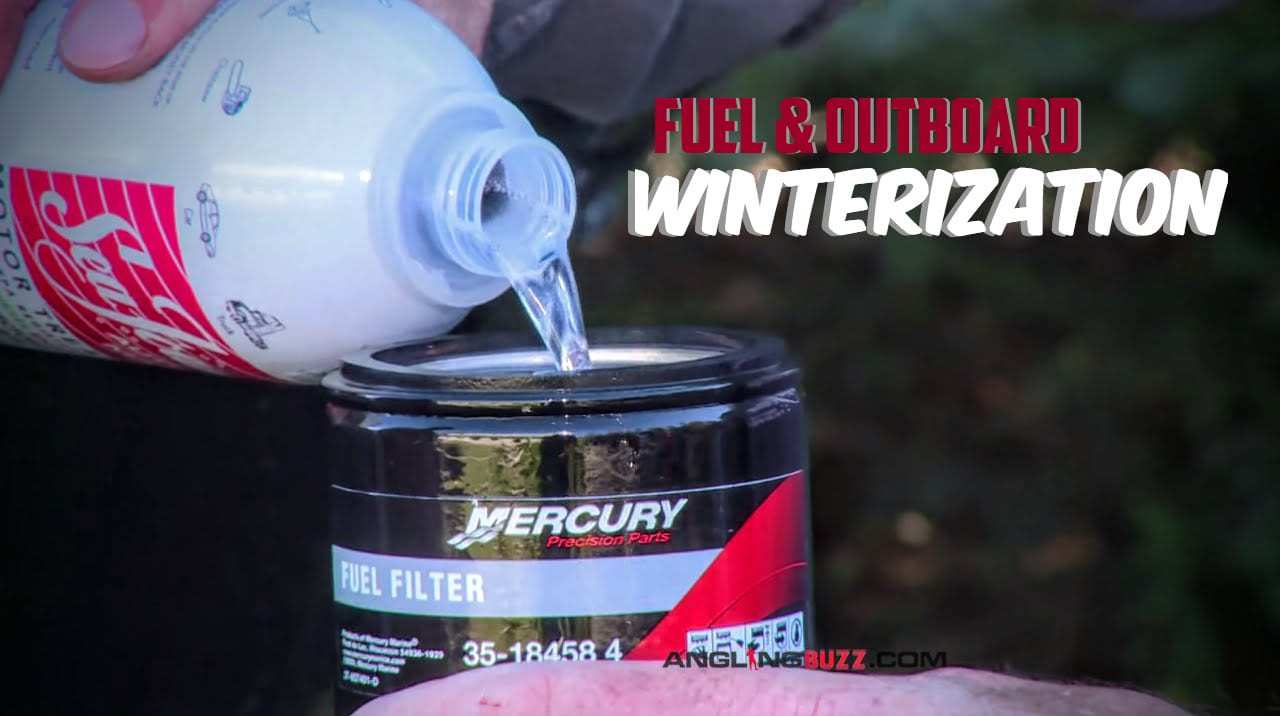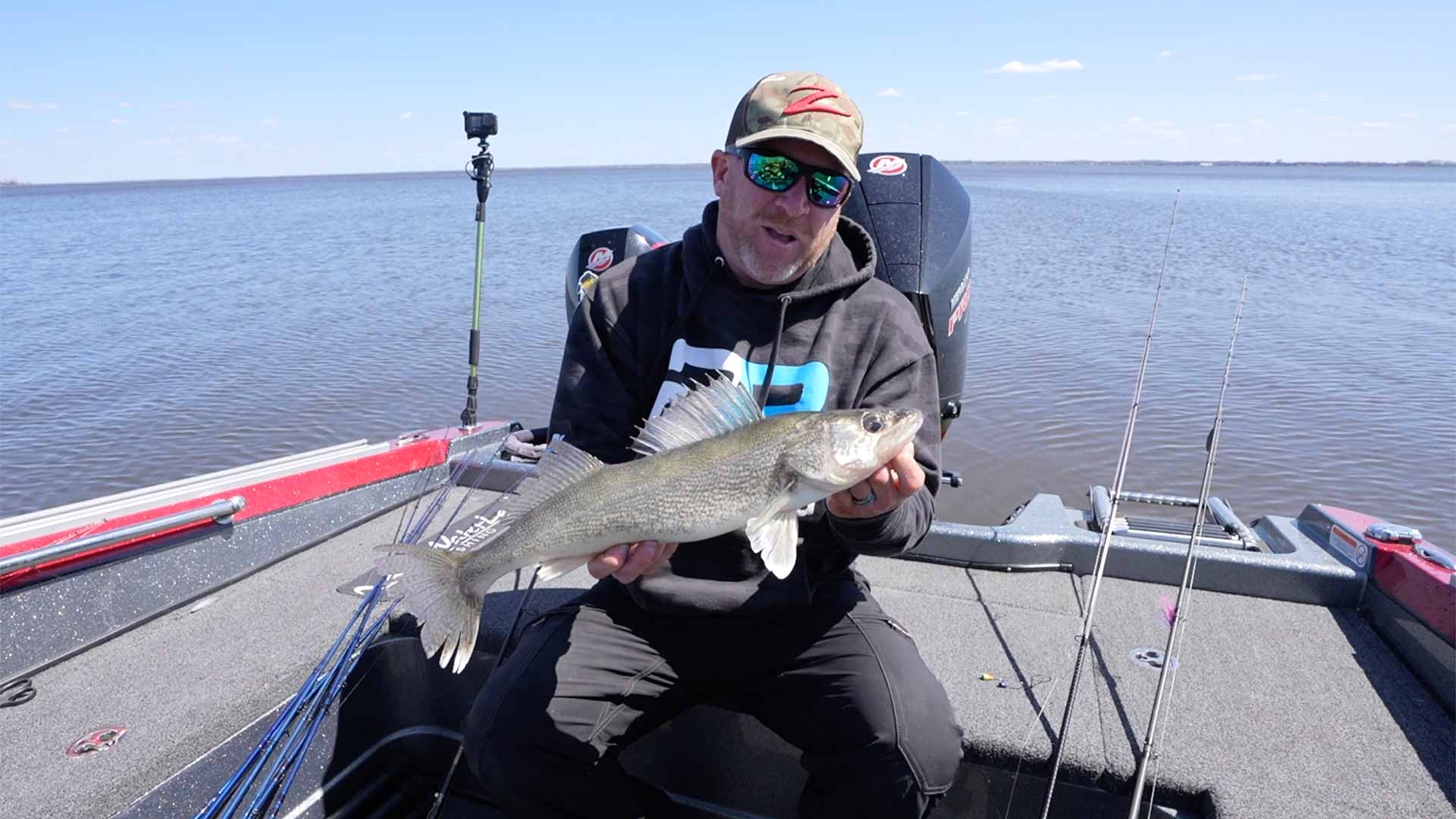As fall deepens, the time draws near to winterize your outboard engine and fuel system. A few simple precautions ensure peak engine performance next spring.
Fall is here, and that means it’s time to start thinking about winterizing our outboard engines and fuel systems. With the help of Brian Miller from Seafoam, we will explore some effective ways to take care of our equipment during the long winter season. Winterization is especially important nowadays, with the complexity of modern fuel systems, including direct injection, two-strokes, four-strokes, high and low-pressure fuel pumps, ethanol, water phase separation, and corrosion. In this article, we will dive into the process of winterizing and explore the different areas of the fuel system that need attention.
Understanding the Fuel System
To begin, let’s understand what a fuel system is. Simply put, it is everywhere fuel needs to travel. Starting from the receptacle, it goes into the tank, which is usually located underneath the floor of the boat. From there, it flows through hoses and the splash well, eventually reaching the intake, combustion environment, and exhaust. It is crucial to treat each of these areas to ensure proper functioning and protection of the fuel system.
Winterizing the Fuel Tank
One of the first areas to focus on when winterizing your boat is the fuel tank. The goal here is to help the fuel resist oxidation, which is the formation of gum and varnish. Oxidized fuel is unstable and can lead to engine problems. To stabilize the fuel, it is important to use a fuel treatment product like Seafoam. Adding Seafoam motor treatment to your fuel tank will help prevent oxidation and keep the fuel stable throughout the winter season.
Lubricating the Engine
Next, we need to focus on lubricating and protecting the engine. This is crucial for the proper functioning of all the components within the engine. The fuel treatment product used should not only stabilize the fuel but also provide lubrication. It should be able to lubricate the intake, cylinders, and all the way through the exhaust. Seafoam is a great option as it not only stabilizes the fuel but also provides the necessary lubrication for the entire fuel system.
Minimum Winterization for Four-Stroke Engines
For those who prefer to do their own maintenance, especially with small engines at home, the process of winterizing can be simplified. With a four-stroke engine, the minimum requirement to ensure a smooth start in the spring is to add the right amount of Seafoam to the gas tank. Fill the tank with fresh fuel and add the recommended ratio of Seafoam. Running the treated fuel through the engine for a short period will help lubricate the entire fuel system, including the engine and exhaust. This will preserve the fuel’s flashpoint and ensure an easy start in the spring.
Additional Measures for Winterization
In addition to treating the fuel tank and lubricating the engine, there are a few extra measures you can take to ensure a well-protected fuel system. One option is to treat the air intake directly by spraying Seafoam into the carburetor or intake. This will help clean and lubricate the intake system, ensuring smooth operation when starting the engine in the spring. Another option is to treat the fuel filter separator. This will provide an extra layer of security by ensuring that any contaminants or impurities in the fuel are removed before reaching the engine.
Preserving the Cylinders
To further protect the engine during winter storage, it is recommended to lubricate the cylinders through the spark plug holes. This can be done by adding a small amount of Seafoam into each spark plug hole and then turning the engine over a few times to distribute the lubricant. This will help prevent corrosion and ensure that the cylinders are well-lubricated during the winter months.
Why Winterize the Fuel System?
Now that we have covered the different areas of the fuel system that need attention during winterization, let’s do a quick review of why it is important to winterize. By treating the fuel tank, we can help the fuel resist oxidation, evaporation, and preserve its flashpoint. This ensures that the fuel remains stable and ready for use in the spring. Additionally, treating the fuel system with a product like Seafoam provides lubricity to the fuel, protecting the engine from dry out and corrosion.
Conclusion
Winterizing your fuel system is a crucial step in ensuring the longevity and proper functioning of your equipment. By treating the fuel tank and lubricating the engine, you can protect against oxidation, evaporation, and corrosion. Adding Seafoam to your fuel tank and following the recommended procedures will give you peace of mind knowing that your equipment will start smoothly in the spring. So, take the time to properly winterize your fuel system and enjoy a worry-free winter season.










